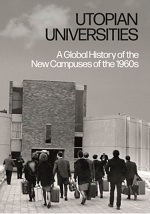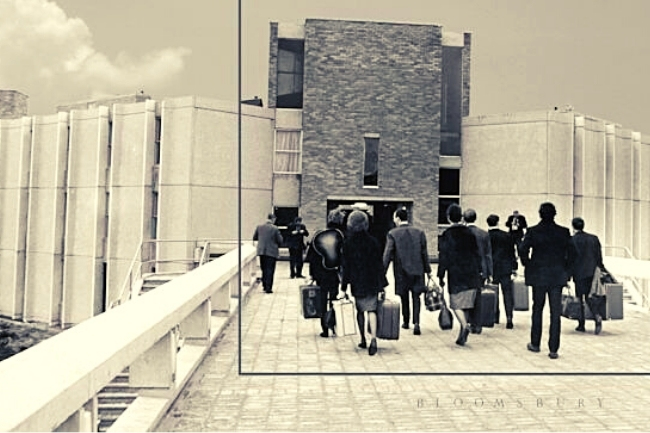Posts com a Tag ‘TAYLOR Miles (Ed)’
Utopian Universities: A Global History of the New Campuses of the 1960s | Jill Pellew e Miles Taylor
Detalhe de capa de Utopian Universities: A Global History of the New Campuses of the 1960s
The 1960s were a period of expansion in many higher education systems. In their introduction to Utopian Universities, Pellew and Taylor note that approximately 200 new university campuses were created during the decade, and these initiatives provided a unique space to redesign the university in physical, organizational, and curricular terms. Emerging from a two-year project, this edited volume focuses on the developments and aspirations associated with a selection of these new universities, contributing to our understanding of this important developmental phase within higher education in some jurisdictions.
The first section of the book, which focuses on the development of nine new universities in the United Kingdom (UK) (including seven in England) is the strongest and most integrated component of the volume, in large part because of the relatively common contextual elements underscoring these initiatives, but also because the section includes a number of quite masterful thematic analyses. These include an outstanding chapter by William Whyte describing the influence of the “Redbrick” civic universities on the new British universities that emerged in the 1960s, and the fascinating assumptions underscoring the design and architecture of these new campuses. Leia Mais
Utopian Universities / Jill Pellew e Miles Taylor
Milles Taylor. Foto: Telegraph India /




